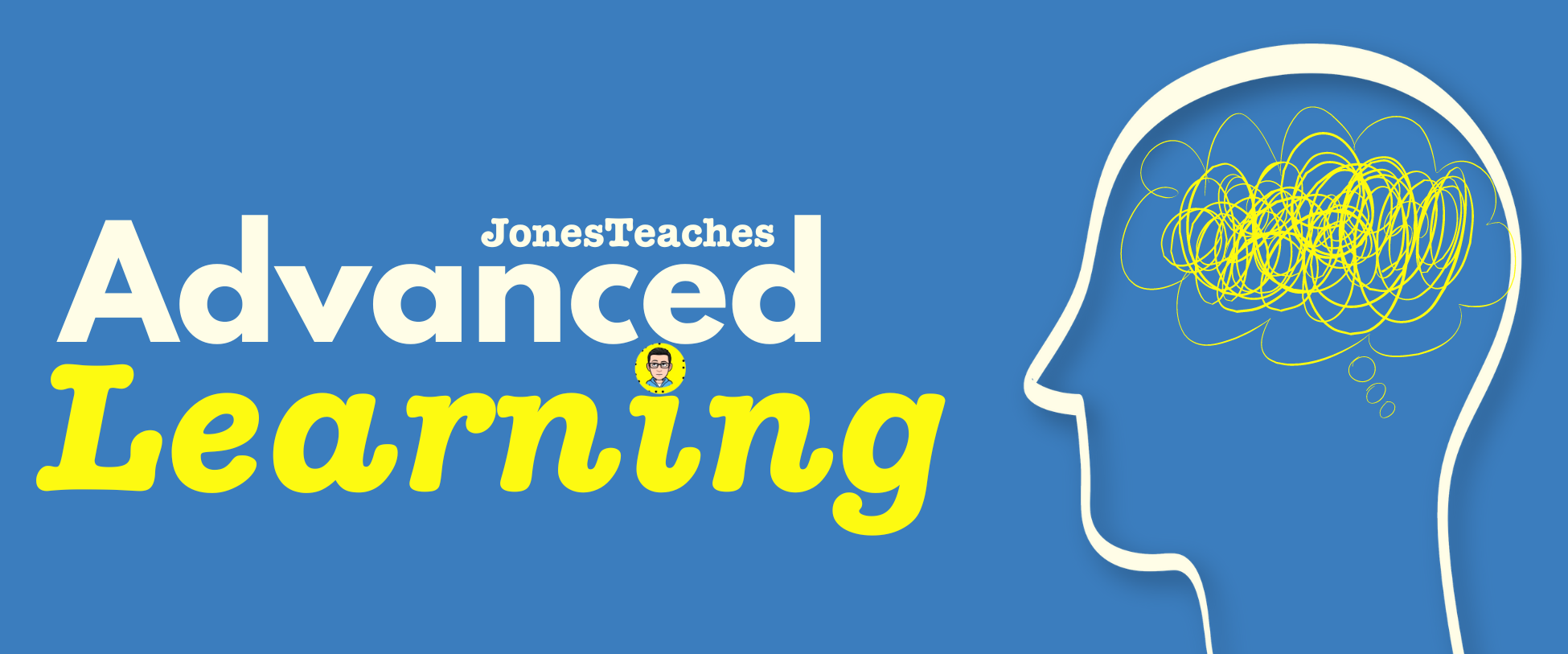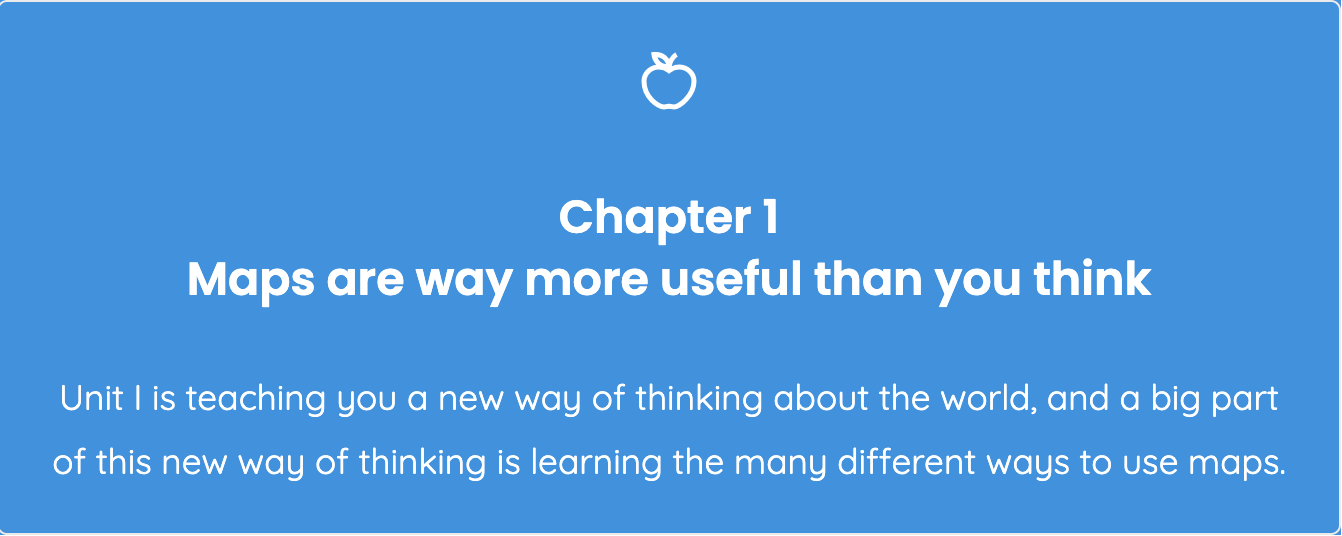
This course has been re-designed in a way that facilitates and supports the kind of learning techniques you will be taught in this series, and a grading system that rewards growth over time. What follows below are the main tools and resources you’ll be using this year to be successful. The examples below are from AP Human Geography, but AP Gov includes all of the same resources.

Instead of a textbook, I created a website for you that will stand in its place.
A textbook will still be available to you, but I won’t be assigning reading from it, or using it in class. Chapters from JonesTeaches will be assigned to you for classwork and homework.
The units and chapters have been re-named to better reflect the meaning for learning the content. Read them and use them to shape your understanding and notes.

Each chapter includes a What you need to learn statement. Its purpose is to help you understand how to learn that chapter’s content, and give you a framework for the usefulness and utility of content so you’re not just trying to remember a list of unrelated terms.

Each chapter is a video that has been edited to fit the content of the JonesTeaches chapter. Below the video is a study guide with content terms and understandings. Treat this as you would if you were assigned a traditional textbook reading. It doesn’t replace me as your teacher, but it’s a necessary part of preparing you for class.
I expect you to come to class with questions about the content, with some of it making sense, and some of it still fuzzy. I don’t expect you to simply watch a video and then fully understand all of the content.

After the study guide there is a text section. I will have more to say about this section in class, depending on which course you are taking.

Each course also gets its own notebook. The notebook is where you will take notes both in class and at home.
I designed this notebook to give you a resource that includes everything you need to learn. It has the chapter names, what you need to learn, and terms–for the entire course. You should have this with you for every class.

The Gradebook & Grading System Policy
- The gradebook closes at the semester, not the quarter. This is sometimes referred to as a rolling gradebook. When final grades are calculated, they are not based on a quarter 1 + quarter 2. Instead the gradebook on Synergy just stays open all semester, and the grade you are able to earn by the end is yours, and that grade + final exam grade = the grade reported on your transcript.
- This does not mean that endless late work is accepted all the way until the end. The purpose of the gradebook staying open is to give you the opportunity to learn and improve your skills over time, not to accept late work. I will be reasonable regarding arrangements to accept some late/missing work when reasonable circumstances arise.
- The point value for assessments will begin small, and increase over the course of the semester. The purpose of this is to ensure that as you improve your knowledge and skill it is reflected in your grade, and earlier mistakes no longer hold weight. I’ll show examples of this in class to make sure everyone understands.
- Exams will be cumulative, and questions from past exams will be re-used. This, along with the grading policies outlined above, creates a built in “retake” for everyone, every exam (giving you another chance at the content with a higher point value). Therefore, a traditional re-take is generally not available in most circumstances; but I do reserve my right to exercise my professional judgement and offer flexibility when I believe the totality of the circumstances warrant reasonable flexibility.
